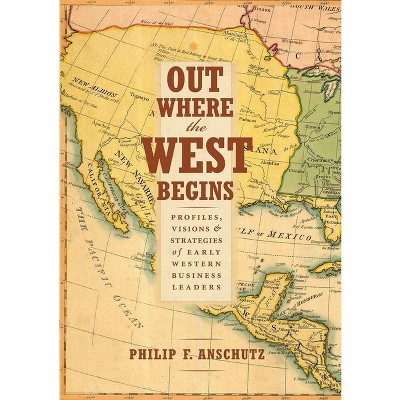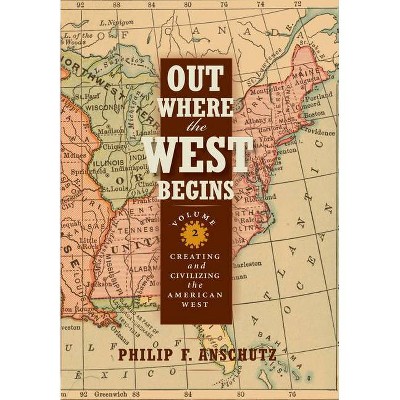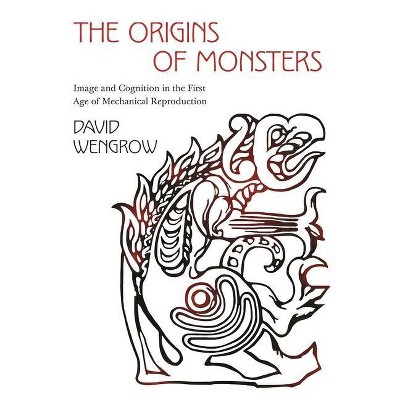Sponsored

Origins of the Georgia Coast - by William P a Hunt (Hardcover)
In Stock
Sponsored
About this item
Highlights
- Now recognized as a global tourist destination featuring the Forbes Five-Star Sea Island Resort with world-renowned golf courses and fine dining, Georgia's Golden Isles possess a complex history involving indigenous populations, colonial rivalries, and economic transformations stretching hundreds of years.
- Author(s): William P a Hunt
- 184 Pages
- History, United States
Description
About the Book
Now a global tourist destination featuring the Forbes Five-Star Sea Island Resort, Georgia's Golden Isles boast a rich history involving indigenous populations, colonial rivalries, and centuries of economic change. Evolving from a region contested by Spain, France, and Britain into a key part of the South's cotton belt, the Isles played a crucial role in pivotal moments like the American Revolution, Civil War, and Reconstruction. This work delves into the multifaceted history of the Isles and their importance in shaping the United States.
Once called the "Golden Islands" by Scottish nobleman Robert Montgomery in the 18th century, the Isles include Sea Island, St. Simons, Jekyll, Sapelo, and Cumberland. Defined by the Altamaha and Ogeechee Rivers, their unique elevation, marshes, and waterways foster a distinct ecology. The 350,000 acres of salt marshes, where ocean and river waters meet, are a hallmark of the area's environment.
Book Synopsis
Now recognized as a global tourist destination featuring the Forbes Five-Star Sea Island Resort with world-renowned golf courses and fine dining, Georgia's Golden Isles possess a complex history involving indigenous populations, colonial rivalries, and economic transformations stretching hundreds of years. During its evolution from territory contested by Spain, France, and Britain to a crucial part of the South's cotton belt, the region has witnessed pivotal moments, including the American Revolution, the Civil War, and postbellum reconstruction. This work sets the stage for an exploration of the Golden Isles' multifaceted past, highlighting their vital role in shaping the history of the United States.
Originally called "Golden Islands" by Scottish nobleman Robert Montgomery in the eighteenth century and geographically defined by the Altamaha and Ogeechee Rivers, the region comprises a series of islands, including Sea Island, St. Simons Island, Jekyll Island, Sapelo Island, and Cumberland Island. The area's elevation above sea level, coupled with marshes and waterways, contributes to its distinctive ecology--and its salt marshes, covering over 350,000 acres, are a defining feature, creating a unique environment where ocean and river waters intermingle.
Shipping details
Return details
Frequently bought together

Trending Non-Fiction






Discover more options










